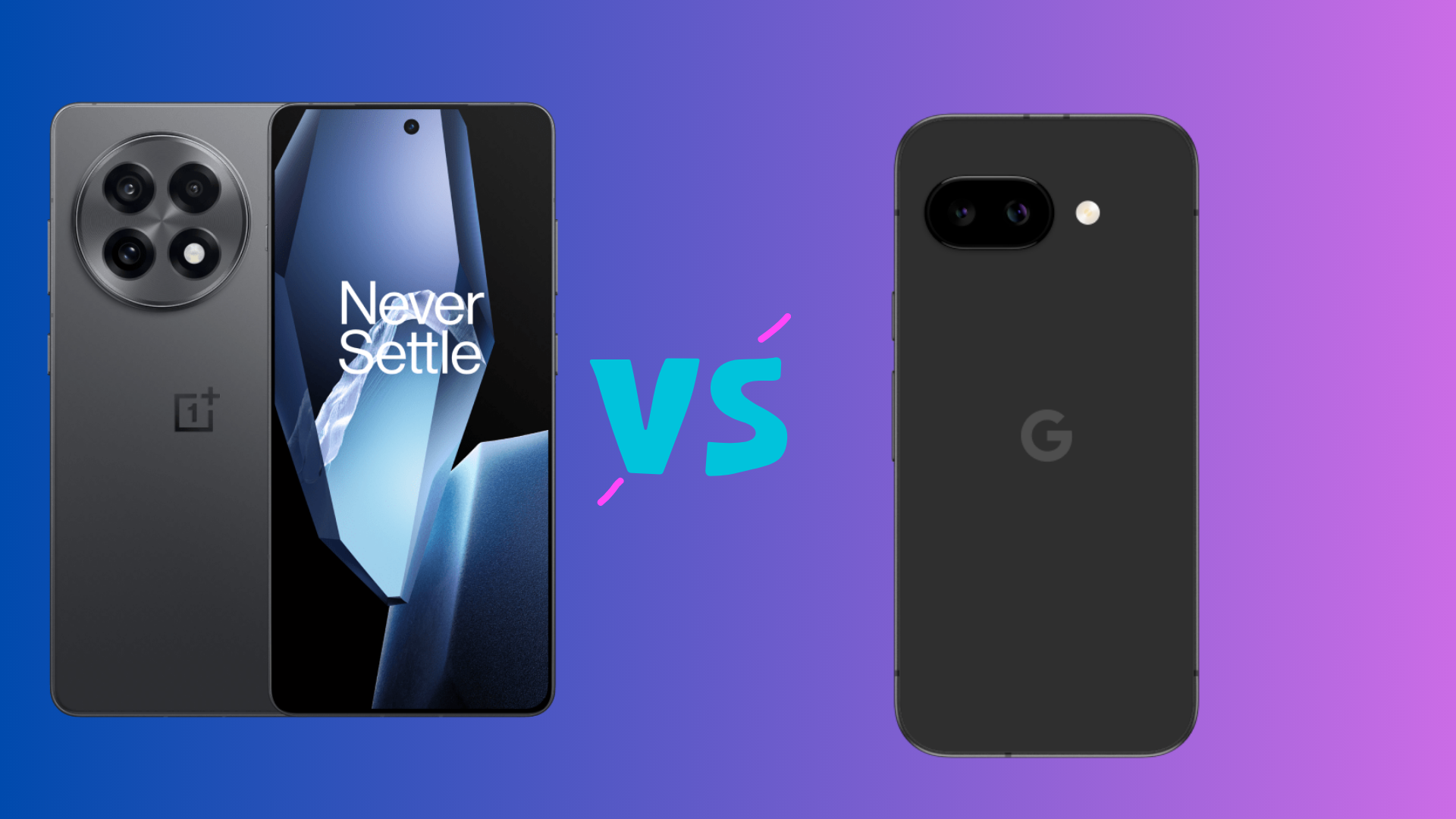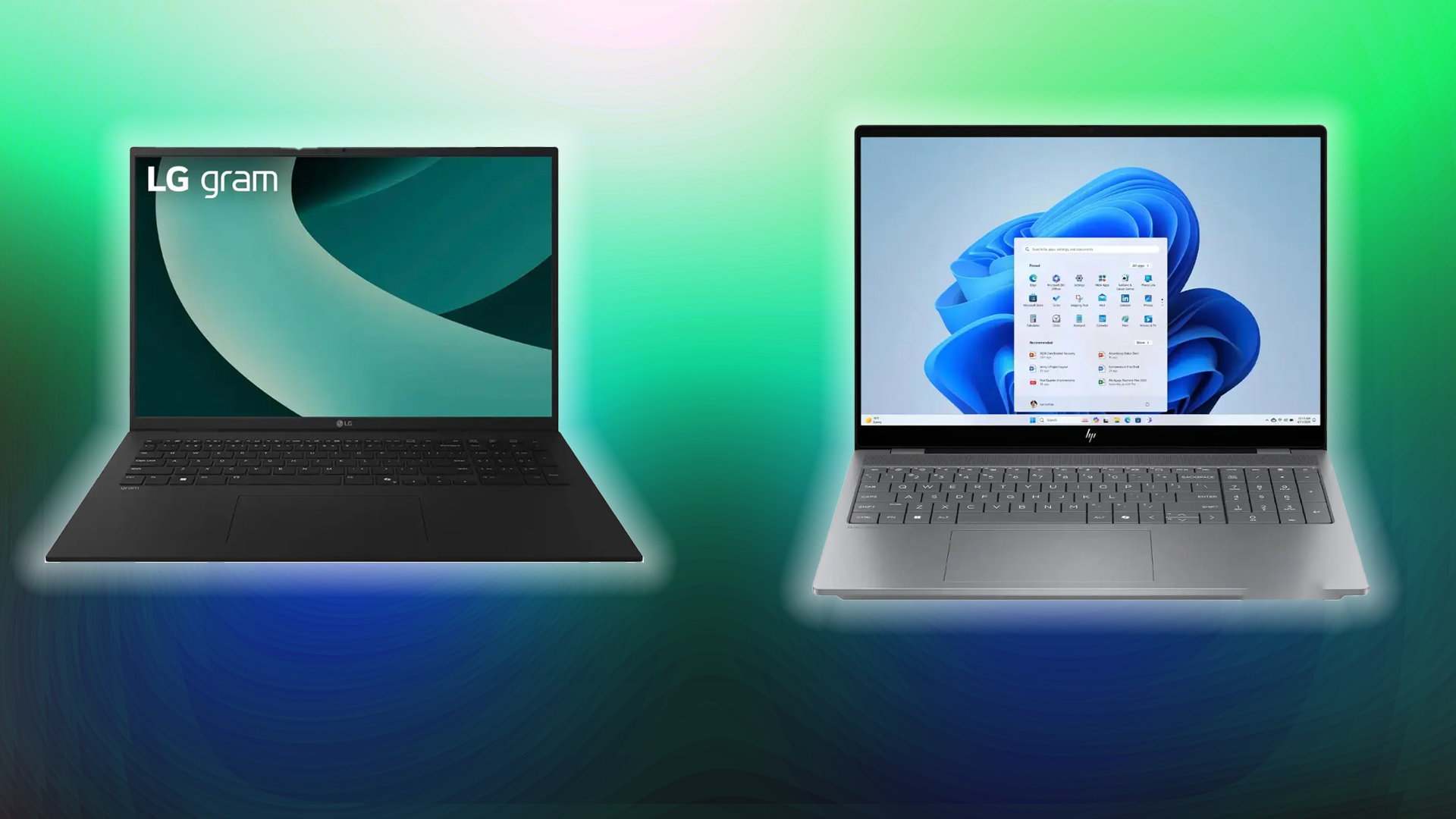Pixel 9a cuts corners with slow charging, dated glass, and recycled cameras. At $499, it’s outclassed by the OnePlus 13R and the iPhone 16e.

The Google Pixel 9a enters the market with a $499 price tag, targeting users who want flagship-level software at a lower price. On paper, it delivers solid essentials: a 6.3-inch OLED display, the latest Tensor G4 chip, and a large 5,100mAh battery. However, just the specs can not be taken at face value. Dig a little deeper, and compromises begin to show, from dated charging speeds to a camera setup that feels recycled.
With rivals like the OnePlus 13R and iPhone 16e pushing the bar further for the same price, Google’s latest A-series entry feels like an afterthought with a lot of cost-cutting.
1. Limited Charging Speeds of the Pixel 9a

One of the major limitations of the Google Pixel 9a is the fact that it has quite an outdated configuration in terms of charging capabilities. The Pixel 9A has 23W wired charging and a measly 7W wireless charging capacity. This, combined with the 5100 mAh battery, results in significantly longer charging times of up to 100 minutes to achieve a full charge of zero to one hundred percent.
When pitted against other phones under $500, like the OnePlus 13, we find blistering fast charging speeds. The OnePlus 13R features up to 80W of wired fast charging and even includes an 80W SuperVOOC adapter in the box. This adapter is able to fully charge the 13R’s 6000 mAh battery from zero to one hundred percent in under 50 minutes. Making it a compelling option for people who value fast charging and are considering an option under $500.
2. The Pixel 9a Doesn’t Offer a Significant Camera Upgrade

The Google Pixel 9a features a 48MP main camera and a 13MP ultra-wide sensor. These specifications are actually a downgrade from the 64MP primary sensor featured on the Pixel 8A. The real-world difference in image quality is not noticeable, but when we consider the price point of the Pixel 8A, which is now available for under $260 for the 8 GB RAM and 128 GB version, the Pixel 8A is a better option under budget.
The Pixel 9a also doesn’t even feature a telephoto lens, which limits its optical zoom capabilities, a feature that is available in most of the options available from the competitors. While macro photography has seen enhancements, overall image quality remains similar to its predecessor, making the Pixel 9a not worth the upgrade.
3. Display Lacks Advanced Features

The Google Pixel 9a features a 6.3-inch OLED panel offering a 120 Hz rapid refresh display, an upgrade over the 6.1-inch panel we saw on the Pixel 8a. However, the panel lacks LTPO technology. LTPO, or low-temperature polycrystalline oxide, allows a variable refresh rate on OLED based on the screen contents. This helps improve power efficiency and prolong battery life.
Coming to build quality and protection. The backdated display is protected by Gorilla Glass 3, which is less durable than newer versions like Gorilla Glass Victus used in most competitors’ offerings. Moreover, the bezels on the Pixel 9A are atrociously thick by 2025 standards. Even for a midrange, this kind of design choice spoils the premiumness we come to expect from Google.
4. Design Changes May Not Appeal to Everyone

Google has tried to play it safe while designing the Pixel 9a. The design closely resembles its predecessor, the Pixel 8A, with the only difference being visible in the camera bump. With the 9A, Google abandoned its classic camera bar design and instead went with an industrial, flat island-type camera bump.
This shift in design might not resonate with long-time Pixel fans. The new design has also messed up user comfort when handling the device. The redesigned camera bump makes the phone top-heavy, which makes the phone a bit awkward to maneuver, especially when flicking it out of the pocket. Overall, the design is not one of the strong suits of the Pixel 9A.
5. Competitive Alternatives Offer Better Value

At a starting price of $499, the Google Pixel 9a can be a compelling option with its Tensor G4 processor, 6.3-inch OLED display, and a robust 5,100mAh battery. It also boasts a 48MP main camera and promises seven years of major Android version updates, making it an attractive option for many users.
However, when compared with options like the OnePlus 13R and Apple’s iPhone 16e, the Pixel 9a faces stiff competition. The OnePlus 13R, priced at $499, features a more powerful Snapdragon 8 Gen 3 processor, a larger 6.78-inch AMOLED display with a 120Hz refresh rate, and a substantial 6,000mAh battery with 80W fast charging. It also offers up to 16GB of RAM and 512GB of storage, catering to power users.
The Pixel 9a isn’t without strengths. It promises long-term software support, clean Android, and decent battery life. But for $499 in 2025, buyers expect more than just “good enough.” Compared to similarly priced phones that offer faster charging, more durable builds, and superior hardware configurations, the Pixel 9a feels like a step sideways or even backward. Unless Google’s software experience is non-negotiable for you, the better choice may lie elsewhere. Google’s latest A series entry is not competing it is just keeping up with the competition.
Looking For More Related to Tech?
We provide the latest news and “How To’s” for Tech content. Meanwhile, you can check out the following articles related to PC GPUs, CPU and GPU comparisons, mobile phones, and more:
- 5 Best Air Coolers for CPUs in 2025
- ASUS TUF Gaming F16 Release Date, Specifications, Price, and More
- iPhone 16e vs iPhone SE (3rd Gen): Which One To Buy in 2025?
- Powerbeats Pro 2 vs AirPods Pro 2: Which One To Get in 2025
- RTX 5070 Ti vs. RTX 4070 Super: Specs, Price and More Compared
- Windows 11: How To Disable Lock Screen Widgets
 Reddit
Reddit
 Email
Email


